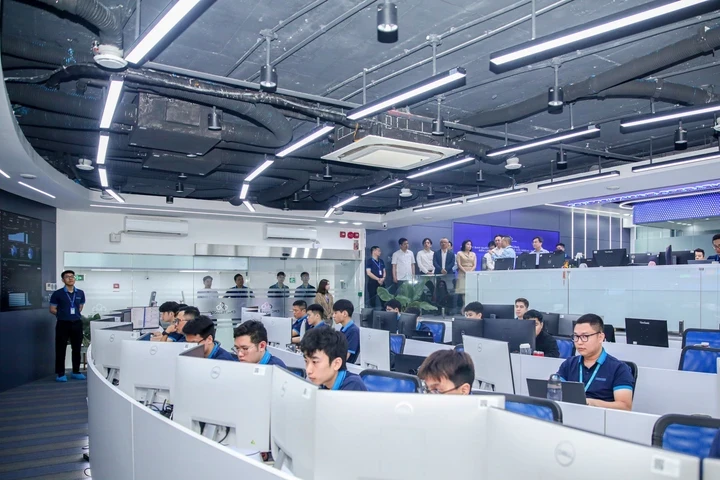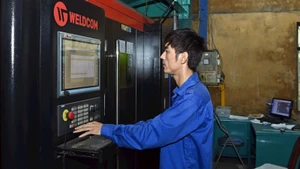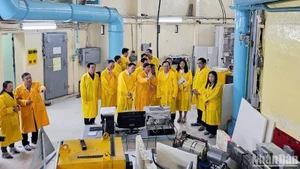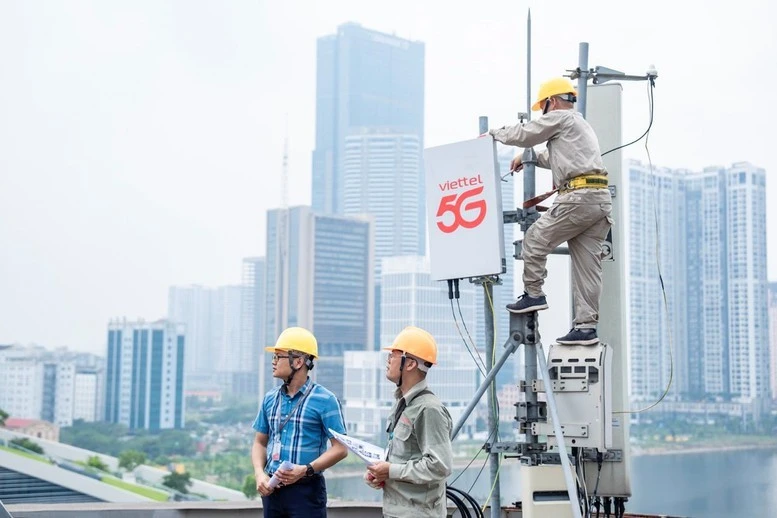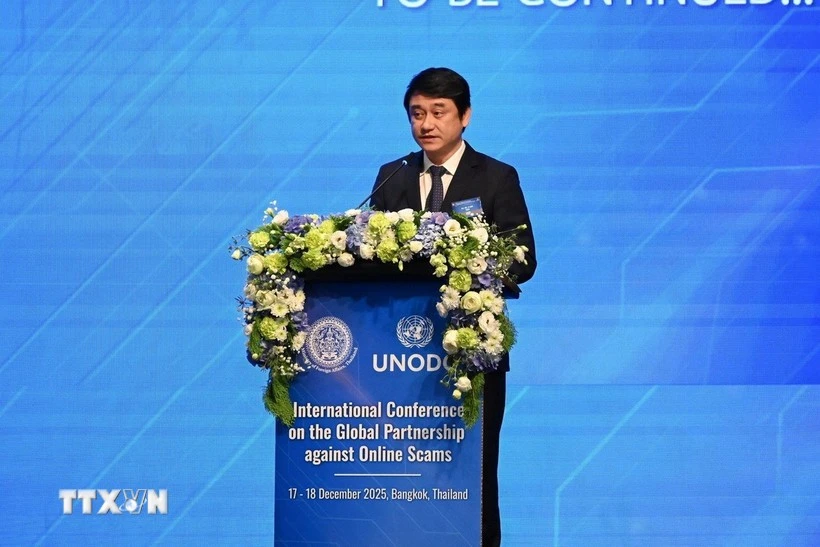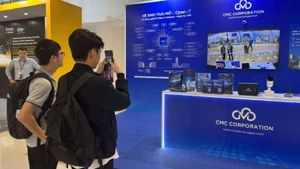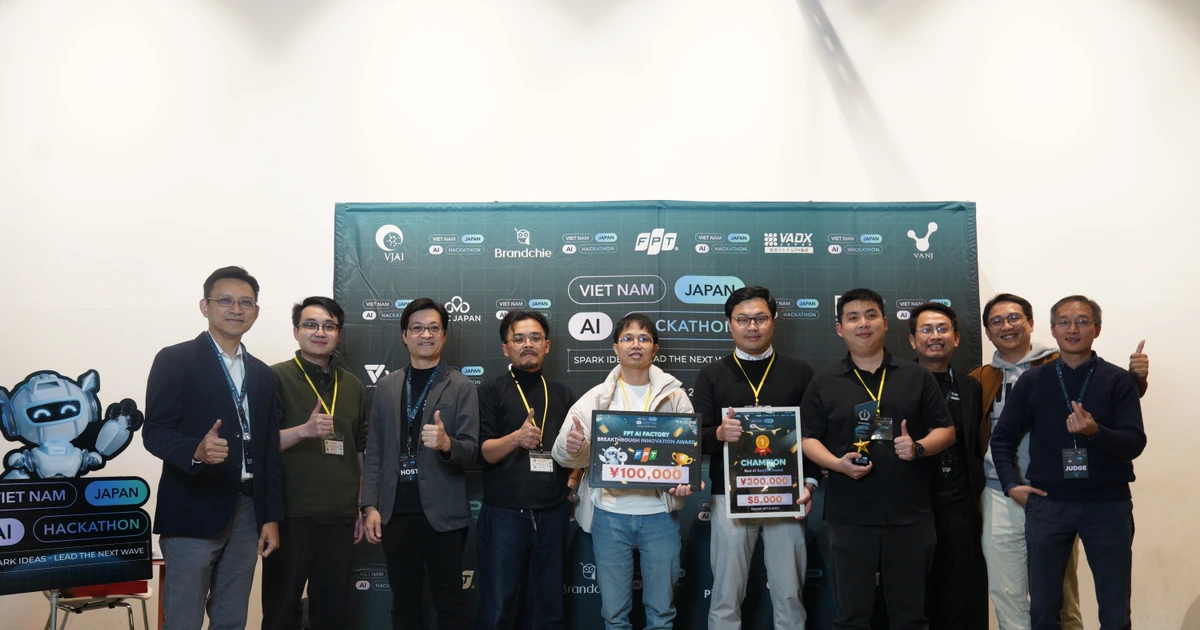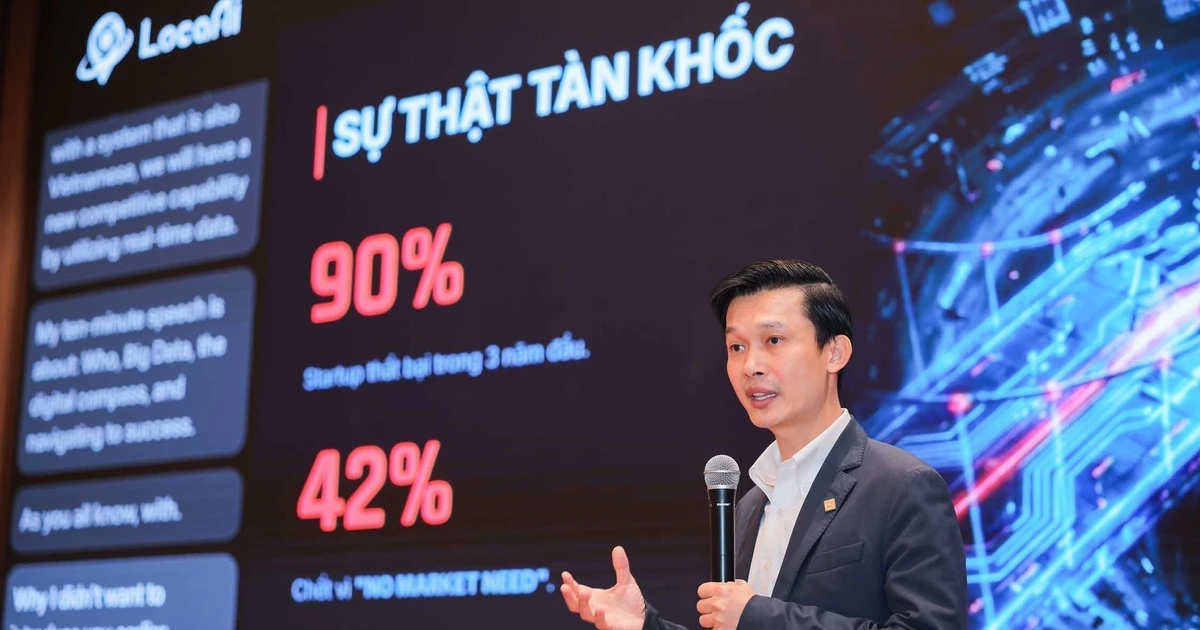Therefore, to seize the opportunities brought about by the Fourth Industrial Revolution, Ho Chi Minh City is developing its semiconductor industry, creating a new growth engine not only for the city itself but also for the entire southern key economic region.
Expanding growth momentum
In 2024, the semiconductor industry recorded global revenues of 627 billion USD, surpassing earlier projections. This growth momentum is expected to continue strongly in 2025, with revenues projected to reach around 697 billion USD, keeping the industry on track to hit the 1 trillion USD mark by 2030.
This growth trajectory reflects a compound annual growth rate of 7.5%, which could potentially double the market value to 2 trillion USD by 2040.
According to Le Truong Duy, Director of the Ho Chi Minh City Centre for the Fourth Industrial Revolution (HCMC C4IR), the semiconductor industry is becoming a strategic pillar of every modern economy. From artificial intelligence (AI), the internet of things (IoT), and cloud computing to defence technology, all depend on semiconductor design and manufacturing capabilities.
In Viet Nam, although the semiconductor sector remains in its early stages, it is entering a period of transformation. Leading global technology corporations such as Samsung, Amkor, NVIDIA, and Qualcomm have chosen Viet Nam as a strategic destination.
At the same time, domestic enterprises like Viettel are stepping up their chip design efforts. This is considered a golden opportunity for Viet Nam to move deeper into the global value chain.
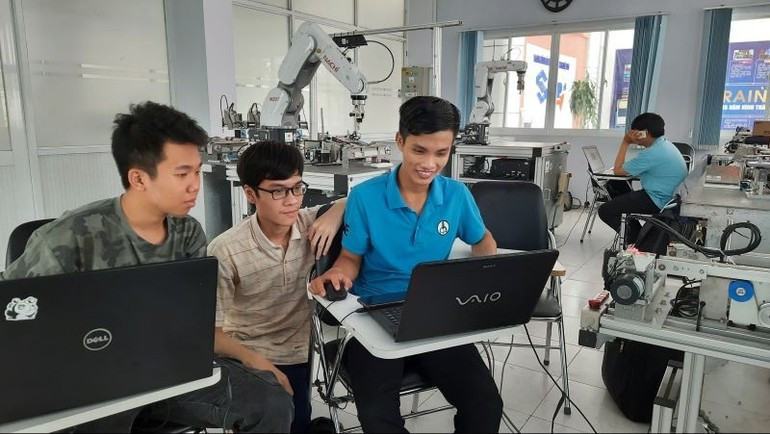
Under Viet Nam’s semiconductor industry development strategy to 2030, with a vision to 2050, the country aims to participate in all stages of the global semiconductor supply chain: design, manufacturing, packaging, and testing.
According to Statista data, Viet Nam’s semiconductor market is expected to reach 24.46 billion USD by 2025, with an average annual growth rate of 13.73%, and to expand to 46.54 billion USD by 2030.
Ho Chi Minh City has identified the semiconductor industry early on as a strategic sector, with the goal of becoming a leading regional semiconductor hub.
The city has already attracted major technology corporations such as Intel, Samsung, Marvell, Renesas, Siemens EDA, and Ampere Computing. Within the Saigon Hi-Tech Park alone, there are 37 active electronics and semiconductor projects with total investment capital exceeding 7.7 billion USD.
Nguyen Huu Yen, Deputy Director of the Ho Chi Minh City Department of Science and Technology, said that the semiconductor industry has emerged as the “lifeblood” of the global economy, a core foundation for most high-tech sectors such as AI, IoT, big data, and smart electronic devices.
Recognising this strategic importance, the Politburo has issued Resolution No. 57 on breakthroughs in science, technology, innovation, and national digital transformation.
The government has also issued strong directives to drive breakthroughs in science and technology development, including a decision approving the development strategy of Viet Nam’s semiconductor industry to 2030, with a vision to 2050.
For Ho Chi Minh City, the country’s economic, scientific, and technological hub, pioneering the development of the semiconductor industry is not only an opportunity but also a historic responsibility, with the potential to generate spillover effects across the southern key economic region and the nation as a whole.
Human resources as the key
To capitalise on this opportunity, Ho Chi Minh City has introduced a range of concrete policies and actions to promote the semiconductor industry.
Specifically, the city has signed a memorandum of understanding with the US technology company Advanced Micro Devices, Inc. (AMD). Under the agreement, AMD will cooperate in enhancing the capabilities of lecturers, students, and officials in advanced technologies such as AI. In collaboration with Intel, the city is implementing a plan to train 9,000 semiconductor professionals by 2030.
The city has also issued an implementation plan for the national semiconductor industry development strategy to 2030, with a vision to 2050. The plan sets out objectives such as establishing at least one internationally standardised research and development (R&D) centre in the semiconductor industry and in core digital technologies including AI, cloud computing, IoT, big data, and blockchain.
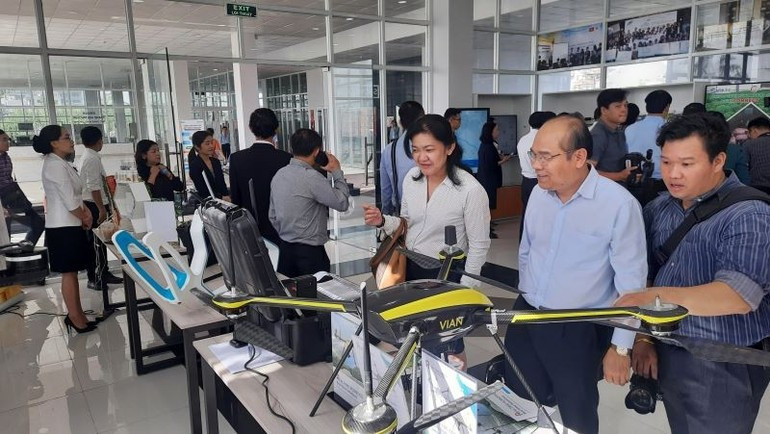
However, experts note that the major challenge for both Viet Nam and Ho Chi Minh City in developing the semiconductor industry lies in the shortage of specialised human resources. The field requires personnel with strong knowledge of mathematics and physics, as well as microchip design skills—qualifications that most new graduates currently lack.
In addition, infrastructure and policies for the semiconductor industry remain inconsistent, with a shortage of dedicated mechanisms for large-scale projects, and incentives for attracting international experts are not yet sufficiently competitive.
To address these challenges, in February, Ho Chi Minh City issued a plan on implementing Viet Nam’s semiconductor industry development strategy and the programme for developing human resources in the semiconductor industry to 2030, with a vision to 2050.
The plan sets out specific objectives, tasks, and solutions, emphasising three main pillars: developing human resources, developing infrastructure and attracting investment, and building a semiconductor ecosystem.
By 2030, the city aims to train at least 9,000 professionals with university-level qualifications or higher, establish at least one internationally recognised R&D centre, expand the Saigon Hi-Tech Park, attract large FDI projects, and foster an innovation-driven ecosystem through research, start-ups, and international cooperation.


